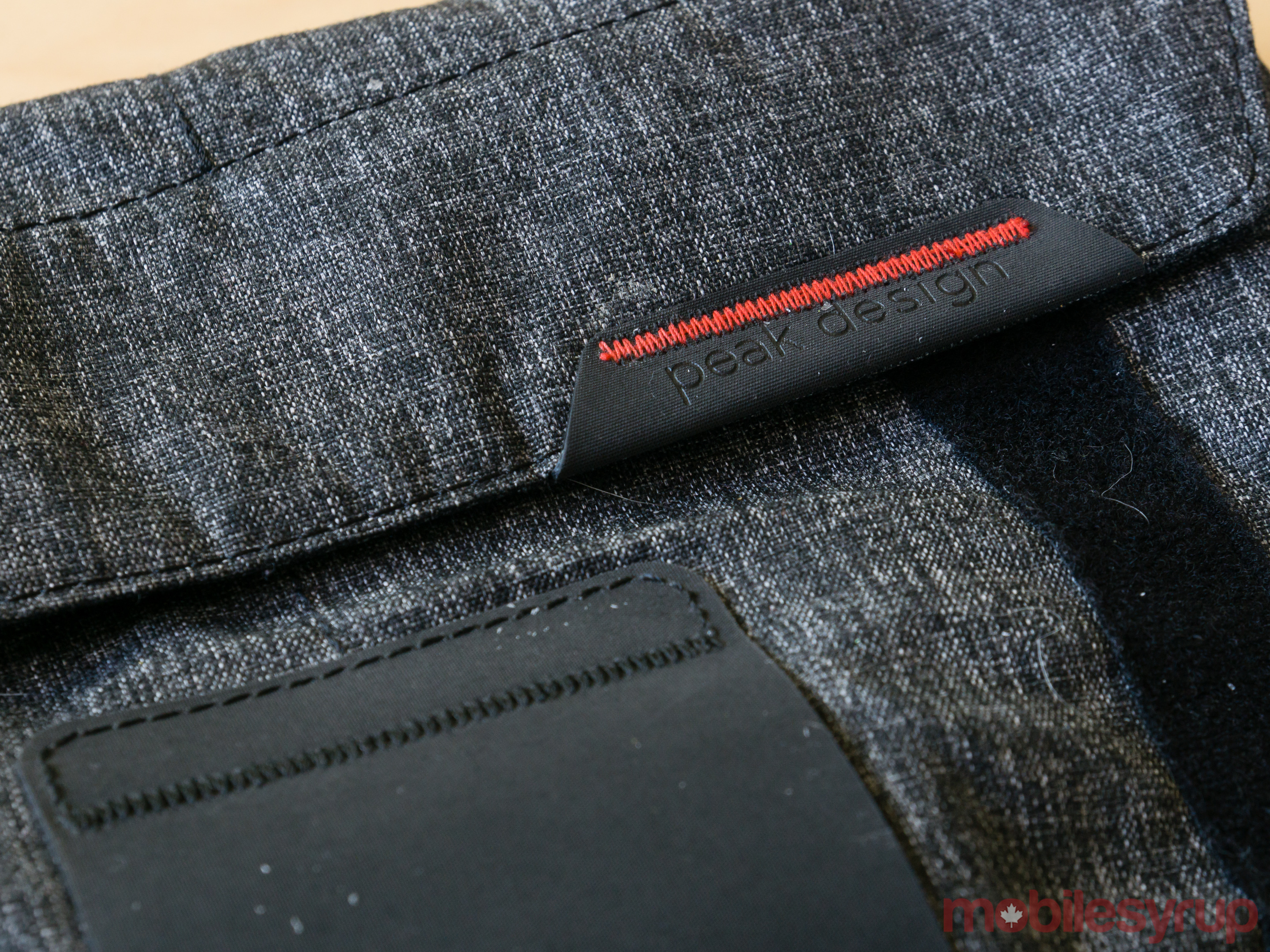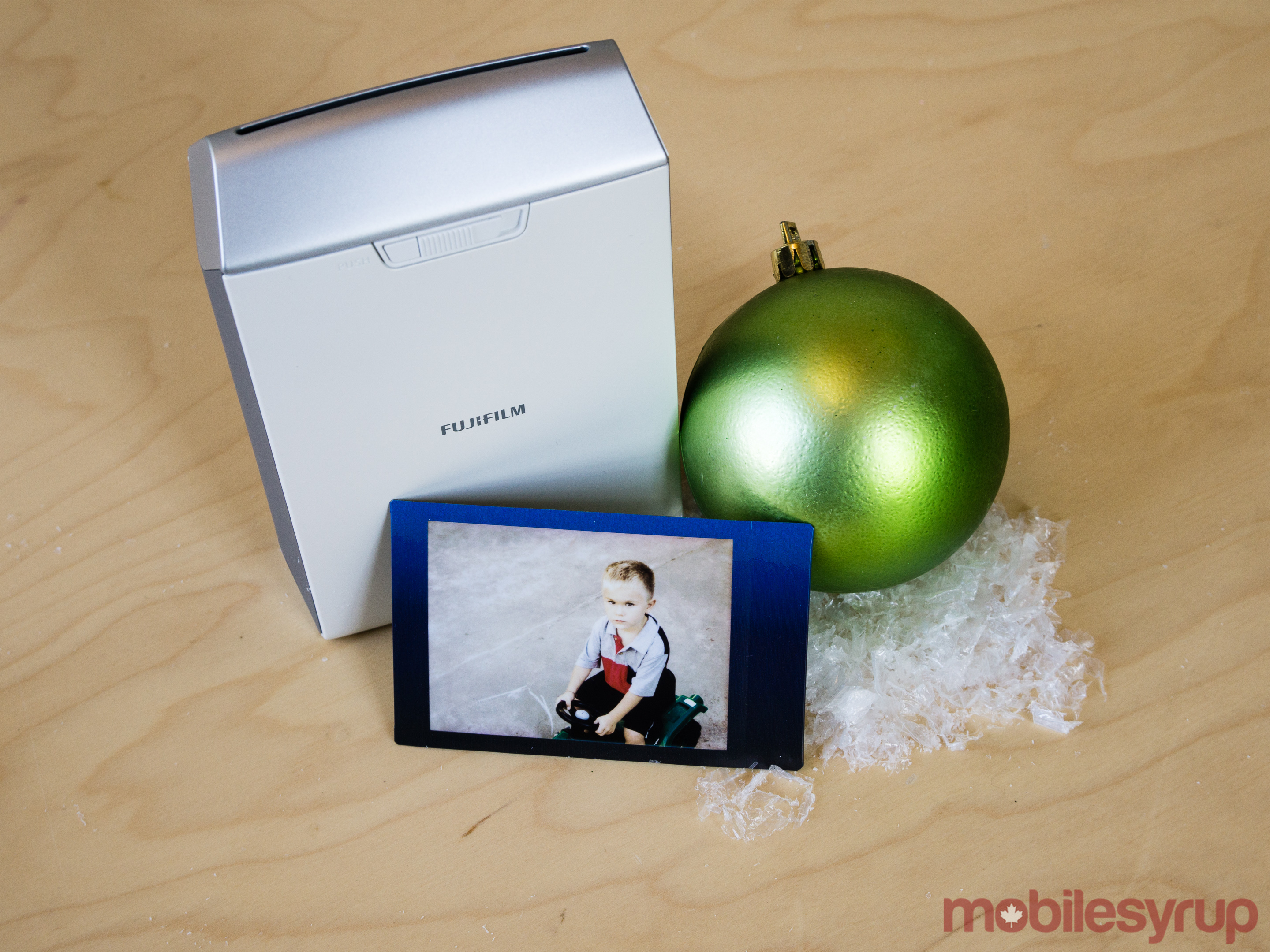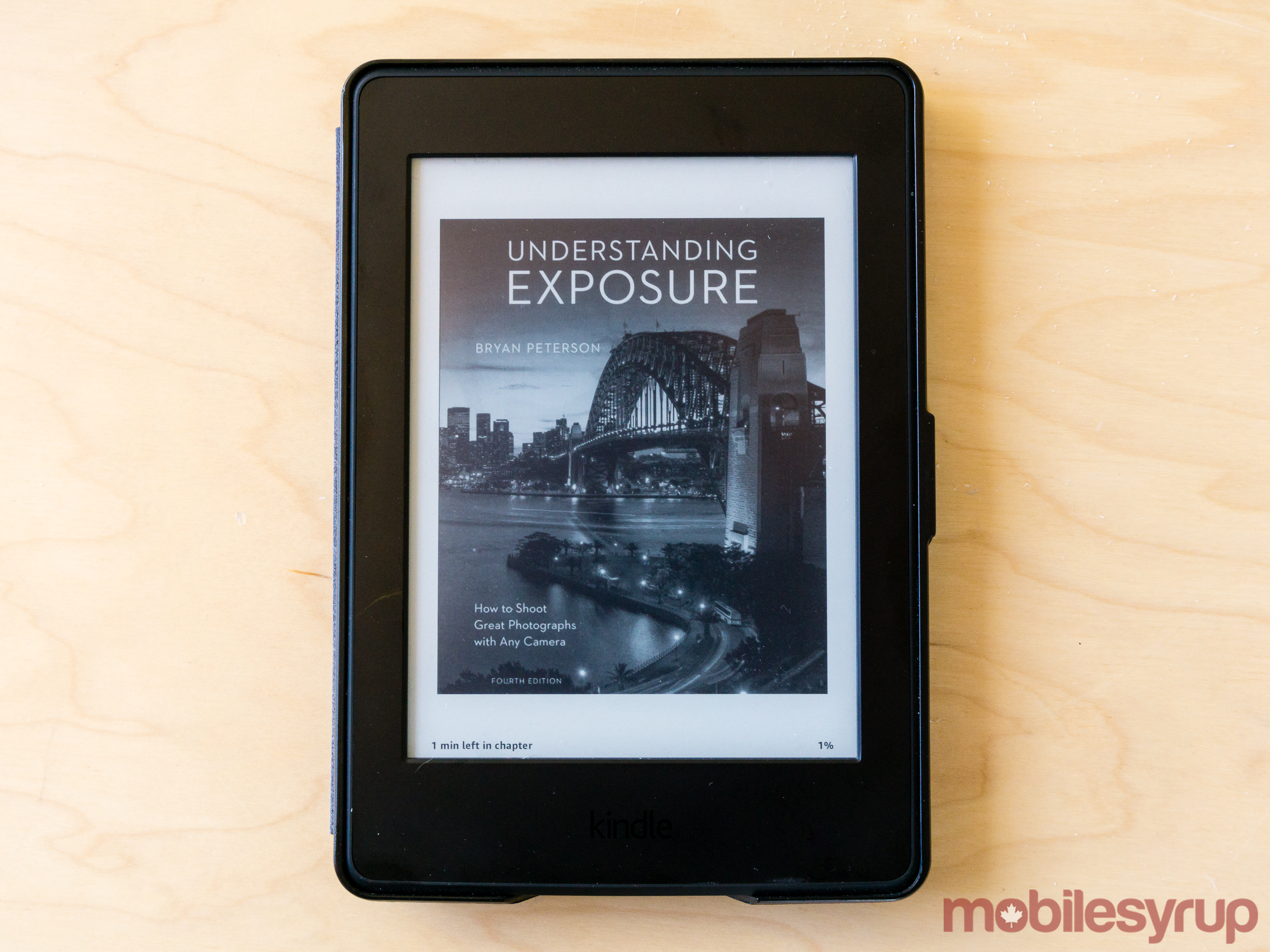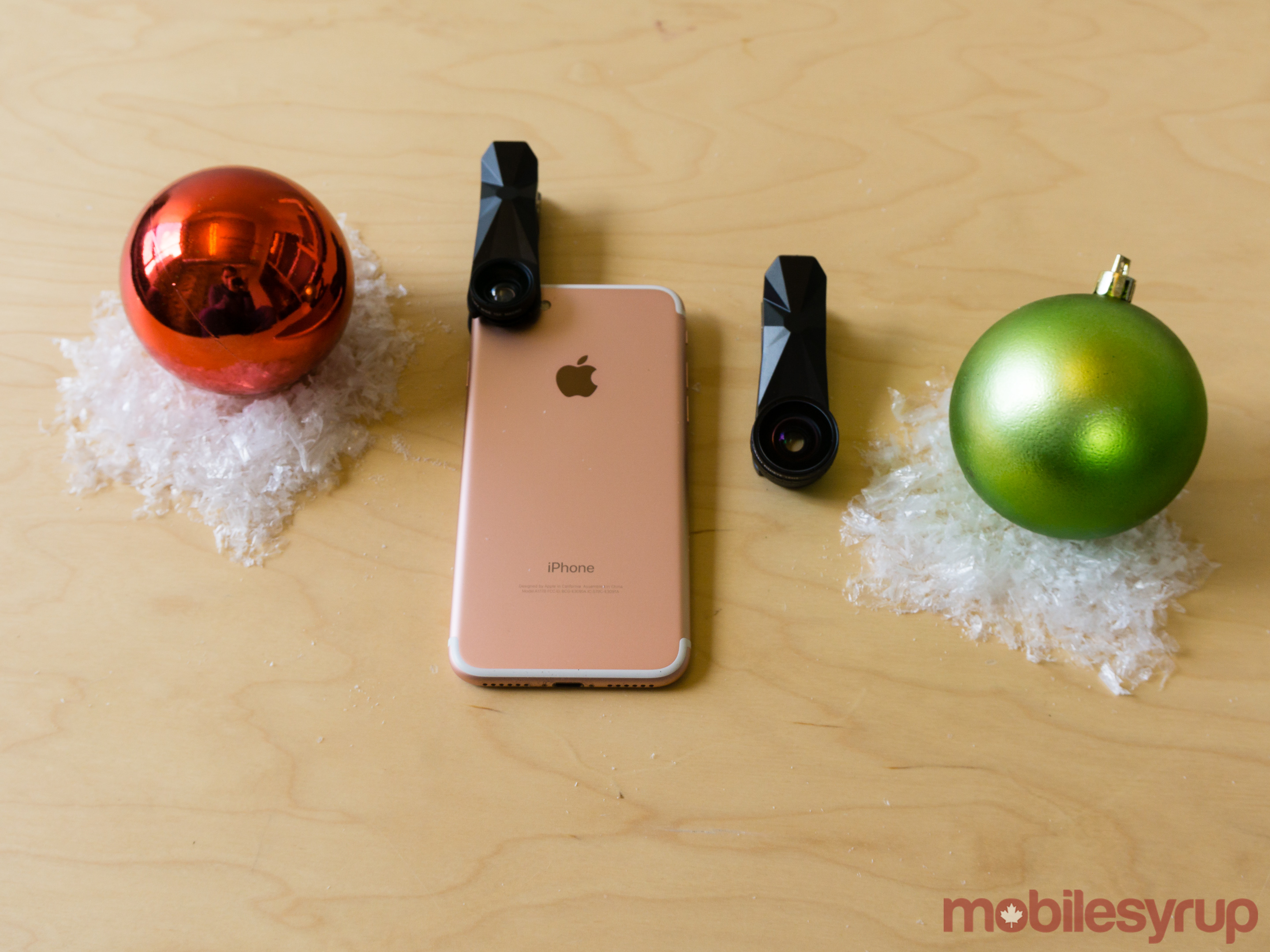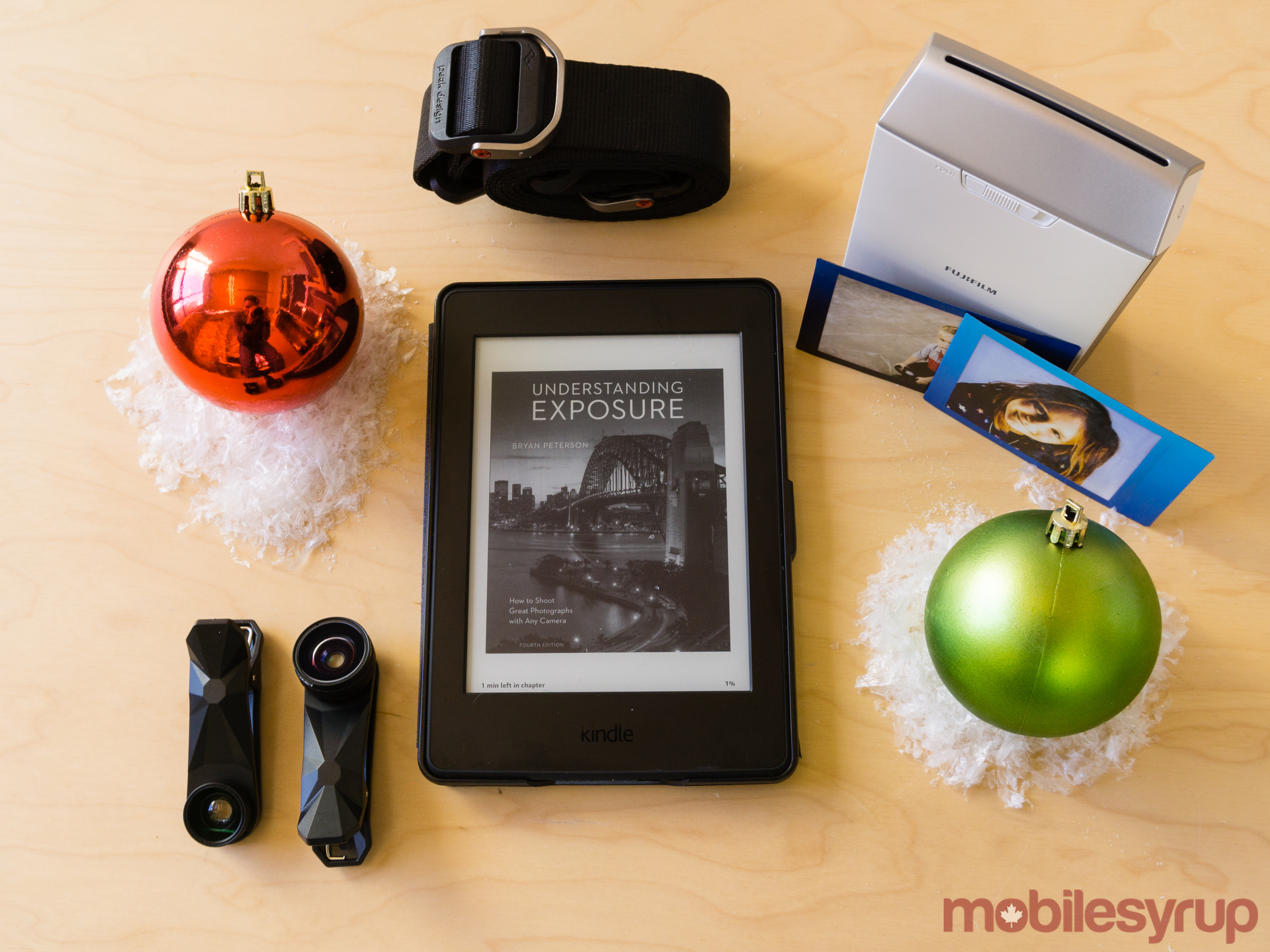
Happy holidays! If you follow me on Twitter or Instagram, you may know how much I love photography.
With almost every other tech vertical covered by the other members of the MobileSyrup team, the powers that be allowed me to do a gift guide on my favourite hobby. Photography can be an expensive hobby, so I tried to pick products that are on the more affordable side, as well as one that have some kind of mobile aspect.
Check it out below.
Peak Design Field Pouch
There’s no such thing as the perfect camera backpack, but if there’s one company that consistently delivers some of the best bags on the market, it’s San Francisco-based outfit Peak Design. Founded in 2010, the company has become something of a crowd funding darling with six hugely successful Indiegogo and Kickstarter campaigns to its name. Its latest project, which concluded this past September, raised more than $7 million USD.
And while I love each and every Peak Design product I own, for the purposes of this gift guide I’ve decided to recommend the company’s diminutive Field Pouch. Despite its size, Field Pouch can hold a mid-sized zoom lens and prime, as well as a host of other accessories like SD cards, batteries and filters, with ease, making it a perfect addition to any photographer’s kit. Its meagre price tag ($39.95) also won’t break the bank. Best of all, it works just as well as a standard accessory bag.
Fujifilm Instax Share Smartphone Printer SP2
With the advent of smartphone photography, more photos are snapped each day than ever before. At the same time, however, far fewer people are printing their photos. It’s a shame, because there’s something about holding a picture in your hands that can’t be replicated by simply looking at it on a smartphone screen.
Enter Fujifilm’s Instax Share SP2 Smartphone Printer ($239.99).
With its small footprint, you don’t need to plan a visit to your local Walmart or photo lab to print your best photos. The accompanying Instax Share app, available on iOS and Android, makes it incredibly easy to send and print photos; there’s no complicated pairing process, and each photo is printed on Fuji’s fun Instax film. With the help of apps like Dropbox and Google Photos, it’s also possible to print any photos you’ve taken with your dedicated camera.
Understanding Exposure by Bryan Peterson
For several decades now, Bryan Peterson has taught photographers the world over how to take better pictures with Understanding Exposure ($34.99). Now in its fourth edition, the 176-page book is an indispensable resource for any photographer, no matter their skill level with a camera. In simple, easy-to-read language, Peterson explains photography’s core technical concepts and how they relate to one another.
And while the focus of the book is on digital and film cameras, the concepts and techniques Peterson details in Understanding Exposure can be applied to taking photos with any camera, including the one most people have in their pockets.
Aukey Optic iPhone Lens
When it comes to the old adage, “the best camera is the one you have with you,” smartphones have SLR, mirrorless and point-and-shoot cameras beat pretty handily. Most people have their smartphones on them at all times, and with just how much mobile cameras have improved in the past few years, it’s possible to take stunning shots with just one’s smartphone. That said, smartphone cameras aren’t equipped to perfectly capture every moment. Sometimes, a scene calls for a specialized lens.
Fortunately, a number of accessory manufacturers have developed a clever workaround. For $18, the Aukey Optic iPhone lens lets smartphone users turn their normal lens into a fisheye, wide-angle or macro lens, opening up a whole host of new shooting opportunities. I’ll admit the clip mechanism look a bit silly, but it can work with almost any phone — a significant advantage.
MobileSyrup may earn a commission from purchases made via our links, which helps fund the journalism we provide free on our website. These links do not influence our editorial content. Support us here.

